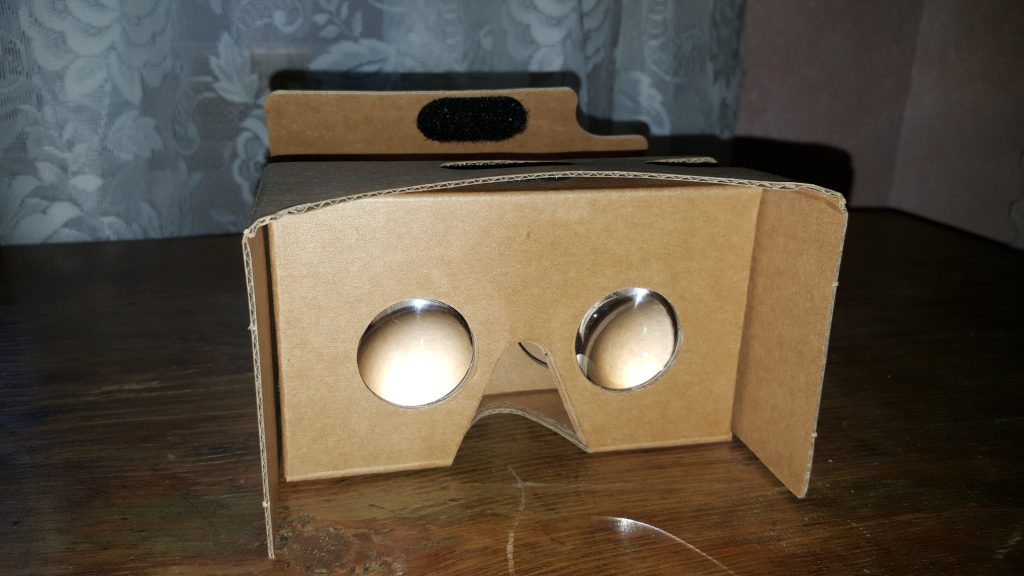Recently I heard a news story on CBC about the occurrence of text neck. The article was describing how many people get it because they are always looking down at their phones. This results in the neck remaining in an elongated position for extended periods of time. I suppose it’s similar to other types of RSIs (repetitive strain injuries).
Shortly after hearing the story, I developed a temporary bout of text neck. It was so painful I couldn’t even ride my bike because I couldn’t turn my head to the right. Luckily it was short lived, but it certainly made me more aware of how and when I was using my phone.
I do hold two recent events partially responsible. The first one was my iPod breaking, meaning I couldn’t cruise around with my head up listening to tunes and podcasts. Since I always had my iPod, I never bothered to put music on my phone. Around the same time, I signed up for a NYTimes subscription, replacing my iPod listening activities with reading articles. My head was constantly down reading something on my phone.
After the text neck I started to be more mindful. Now I try to take breaks more often, or hold the phone in different positions to avoid strain. This is part of the same problem with having one device. Using one device for everything means I’m more often in the same position. When I used a separate device for each activity, I was naturally moving around more.
Think about the differences between reading a paper book and an ebook. Reading a paper book requires you to change positions often to turn pages, change hands, etc. Whereas reading on a smartphone, the only thing that has to move is part of one finger to turn/scroll pages.
At the same time, technology offers amazing solutions and alternatives for using my smartphone in different positions. Wearable devices and voice-activated softwares all provide new and more ergonomic ways to interact with a smartphone.
I now make more of an effort to do things more mindfully with my phone so as not to stress my neck again. It’s amazing how many new things I see and notice since I started looking up from my phone once in a while. And I can turn my head fully.
New Year’s Resolution: Avoid Text Neck!

